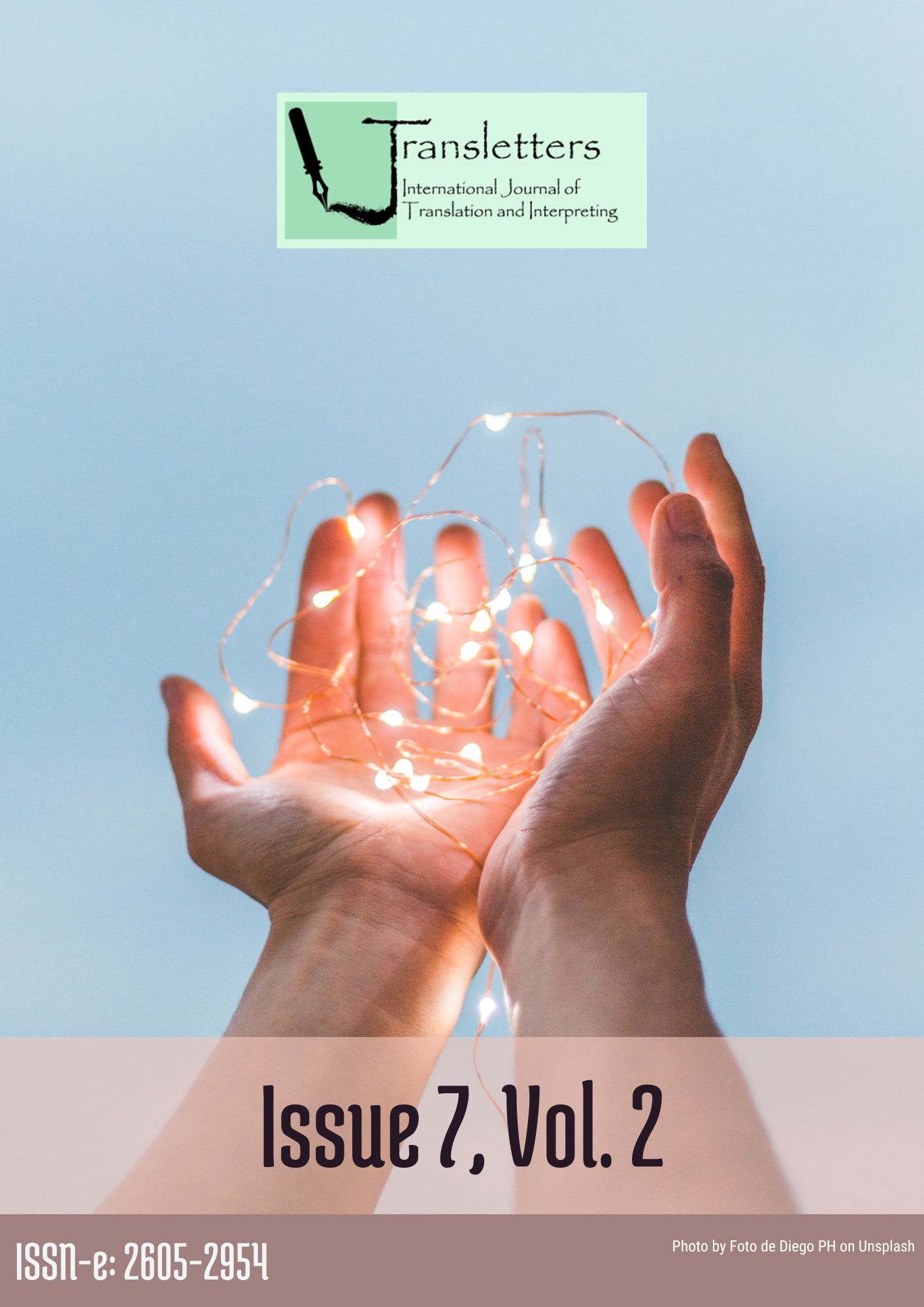Didactic research and Didactic Audiovisual Translation (DAT) within the ReachDAT Project Educational Research and Innovation for language teacher training
Main Article Content
Abstract
The methods and approaches to language teaching have been adapting to the diverse needs of society. The 21st century is characterized by a constant use of audiovisual products, and it is essential that this element becomes an ally in the teaching-learning processes. Didactic Audiovisual Translation (TAD) has demonstrated its didactic potential primarily in the European Higher Education Area (EEES), although it has also been used as a resource in various contexts such as specialized language teaching, speech therapy, and even in other educational levels such as primary and secondary education. However, a systematic application of this resource implies rigorous training for the teachers who will implement it. ReachDAT is a project grounded in solid empirical evidence regarding the use of TAD in language learning and aims to ensure that teachers in undergraduate and master's degree programs understand how to implement TAD in their classrooms rigorously and with the ability to analyze the impact of these proposals on their students. In other words, fostering the role of rigorous and systematic reflection in teaching practice. Research derived from previous experiences supports the need for this proposal. In conclusion, it is expected that this training proposal will provide data to move towards the systematization of teacher training in the field of TAD, to optimize and facilitate the training process.
Downloads
Article Details

This work is licensed under a Creative Commons Attribution-NonCommercial-ShareAlike 4.0 International License.
Suggested policy for journals that offer open access
Authors who publish with this journal agree to the following terms:
1. Authors retain copyright and grant the journal the right of first publication with the work simultaneously licensed under a Creative Commons Attribution License, which allows others to share the work with an acknowledgement of authorship of the work and initial publication in this journal.
2. Authors may enter into additional contractual arrangements for non-exclusive distribution of the published version of the paper in the journal (e.g., submission to an institutional repository), with an acknowledgement of its initial publication in this journal.
3. Authors are allowed and encouraged to publish their work prior to the final version published in this journal once accepted (e.g., in institutional repositories or on their website), as it can lead to productive exchanges, as well as earlier and higher citation of the published work (see The Open Access Effect).

